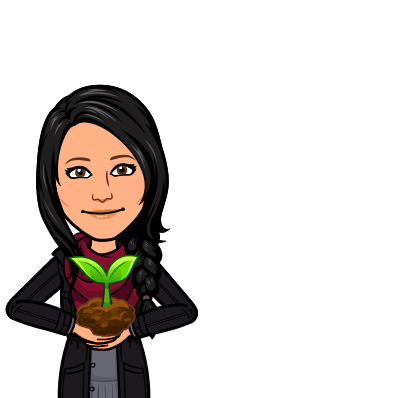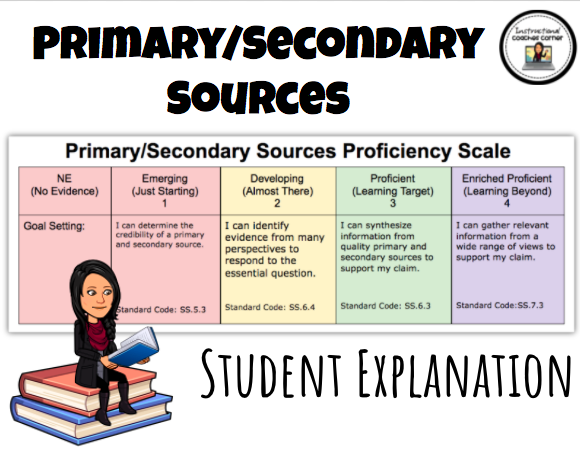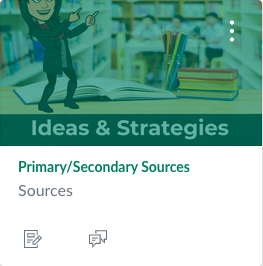This module was created in the LMS Canvas for 6th graders to complete in a completely asynchronous environment, blended learning environment, or a brick-and-mortar setting.
Assignment Objectives
- Create an e-learning module of at least 5 scenes/slides.
- Create a storyboard to organize your module
Learning Targets
- I can evaluate if the argument is supported with specific claims, evidence, and reasonings. RI.6.8 (Proficient)
- I can synthesize information from quality primary and secondary sources to support my claim using information from a variety of media. RI.6.8, SS.6.20 & SS.6.3 (Proficient)
- I can analyze how a key individual, event, or idea is introduced, illustrated, and elaborated in a text. RI.6.3 (Proficient)
Curriculum Work: 6th Grade ELA Course
This course is a snapshot of a semester-long course that I designed for a semester-long 6th-grade course for the Iowa Department of Education. It was based on the OER (Open Education Resource) Engage NY 6th grade ELA curriculum which included 2 modules, 6 units, and 74 lessons. This course was designed within the LMS (learning management system) Canvas and evaluated using a QCR (quality content rubric). I was challenged with not only digitizing the curriculum with fidelity ensuring standards-assessment-alignment but ensuring the course was engaging and would hold a 6th grader’s attention from beginning to end. To do this, I decided to have the students take on different roles. Students kept track of their learning using interactive digital notebooks (Google Slides). Click here for a preview of my work.
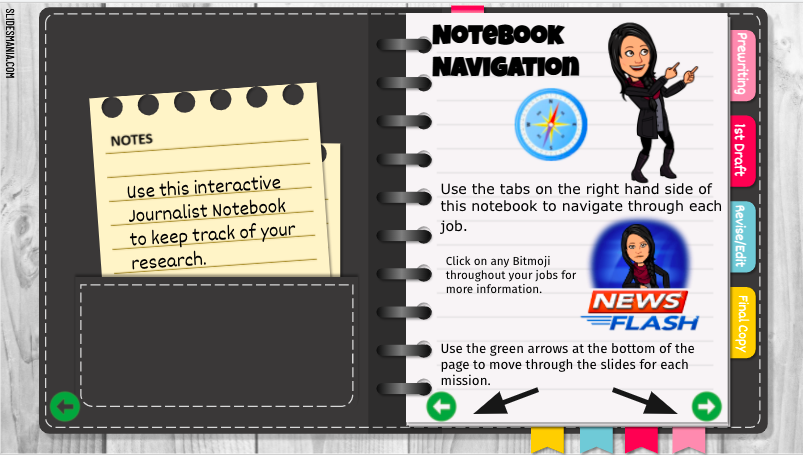
Module 3A: 3 Units, 36 Lessons
Essential Question: How does culture shape the way we see ourselves, others, and the world?
They start the course in the role of an alien. Students are tasked with learning about the concept of culture by trying to figure out the strange behaviors of humans, starting with their own culture. Their job as an alien is to decipher the culture of the characters in the novel Dragonwings by Laurence Yep. This includes working through determining the author’s point of view, author’s purpose, author’s perspective, and figurative language.
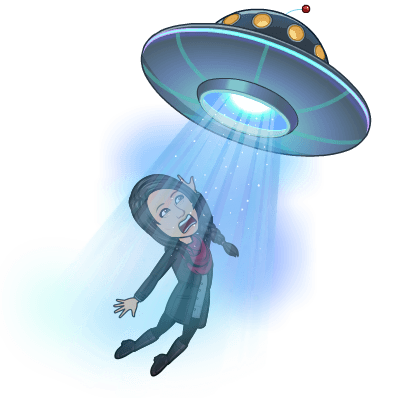
They then switch roles to become a detective during the research phase. Students work through a series of “top-secret” missions to research a “mystery event” that takes place in their novel. They use photos, videos, and texts to investigate the Fire & Earthquake of 1906 in San Francisco. Their job is to collect information from the novel by tracing the author’s argument, determining how the author introduces, illustrates, and elaborates on the event. Students are also tasked with conducting research through informational articles, websites, photos, and videos about the event.
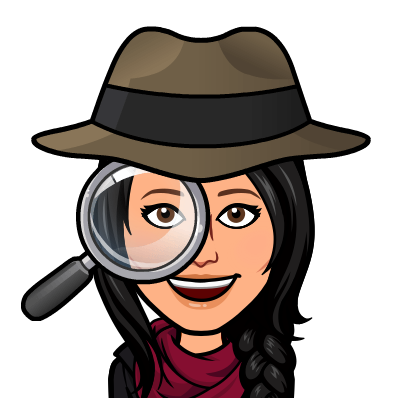
To finish Module 3A, students switch roles yet again to an investigative journalist. They work through a series of journalist jobs to uncover the truth about the mystery event they uncovered as a detective. Since the earthquake and fire took place over 100 years ago, real eyewitnesses are no longer around. Interviewing a real eyewitness is out of the question, so students create interview questions for a hypothetical eyewitness. They then need to research the answers to their questions. Their final performance task is to write an informational news article about the Fire & Earthquake of 1906 that took place in San Fransisco. Students work through lessons on digital citizenship, plagiarism, citing sources, and organizing research. They then start writing their final piece by working through the writing process. This includes writing a 1st draft using the information they collect as a detective. Next, they will revise and edit their work by using graphic organizers and working through a series of lessons that include writing an informational text backed by research, crafting a news headline, summarizing, paraphrasing, and using sensory details to show rather than tell. To finish their job as an investigative journalist, students put it all together to create an informational news article.
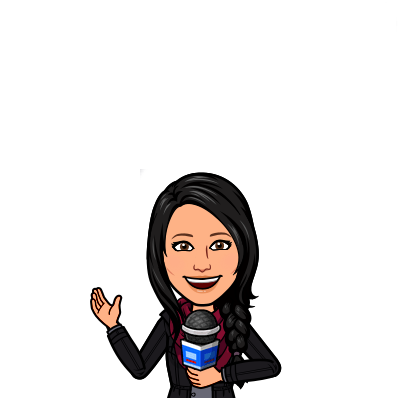
Module 4: 3 Units, 38 Lessons
Essential Question: How do human actions affect the natural world?
The second half of the 6th-grade course is based on the novel Frightful’s Mountain by Jean Craighead George. This novel maps out the effects the insecticide DDT has on the Peregrine Falcons. Students take on their final role of an environmentalist to determine if the benefits of DDT outweigh the harmful effects. They are tasked with answering the overall essential question; How do human actions affect the natural world? Students complete environmentalist tasks that start out with deciphering the author’s perspective of the chemical in their new novel. Their final performance task to end this course is to write a persuasive essay selling their viewpoint about the chemical DDT. They will create a digital PSA (public service announcement) to persuade their audience to take a stance on how they feel the chemical should or should not be used/regulated.
